Mixing is important in many industries. This is especially true in pharmaceuticals. In pharmaceutical mixing, blenders make mixtures even and uniform. This uniformity keeps each medication batch high quality.
This article talks about eight types of blenders used in pharmaceutical mixing. Each blender type has special features and uses.
What is pharmaceutical mixing? Pharmaceutical mixing is the process of blending various ingredients to create consistent formulations. This ensures that every pill, powder, or capsule has the right amount of each ingredient.
Eight different types of blenders play a crucial role in this process.
Here’s an overview of the different types of blenders you’ll find in the pharmaceutical industry. Each blender has a distinct purpose and design, which we’ll explore below.
| Blender Type | Description | Key Features |
| Bin Blender | Rotating bin mounted on a platform for efficient, flexible mixing. | Versatile for various batch sizes, precise mixing. |
| Conta Blender | Closed-system blender reducing contamination risks, compact design. | Ideal for small spaces, easy to clean, hygienic. |
| Vertical Blender | Conical design with a spiral agitator for gentle mixing of fragile materials. | Prevents dust, ideal for heat-sensitive powders. |
| Octagonal Blender | Slow, gentle mixing with an octagonal shape for smooth blending. | Energy-efficient, reduces dust, ideal for powders. |
| Drum Blender | Simple rotating drum for easy, effective mixing of powders and granules. | Easy to operate, low-maintenance, high production. |
| Double-Cone Blender | Dual-cone shape rotates to mix powders and granules gently. | Low-maintenance, reduces dust, ideal for dry ingredients. |
| V Blender | V-shaped chamber tumbles ingredients gently for even mixing. | Ideal for delicate powders, easy to clean. |
| Ribbon Blender | Uses a helical ribbon agitator to mix large batches efficiently. | Fast mixing, ideal for bulk blending, user-friendly. |
Bin blenders are popular in the pharmaceutical industry. They are known for their efficiency and flexibility. Bin blenders have a rotating container, or bin, mounted on a platform. This setup controls the mixing process.
Canaan offers four types of bin blenders. Each type meets different blending needs. These models work for both small and large-scale production. They provide precise, consistent mixes. Canaan’s bin blenders are reliable for industries with strict standards.
Bin blenders handle different batch sizes, which makes them versatile. They are also used in food and chemical industries. This blender type is ideal for applications needing high performance and contamination-free mixing.

Looking For An Efficient And Reliable Bin Blender Machine?
Conta blenders are also popular in pharmaceutical mixing. Their closed-system design reduces contamination risks. This feature is important in environments where purity is a top priority.
Conta blenders are compact, making them ideal for small spaces. They can handle different materials, like powders and granules. This flexibility makes them valuable in pharmaceutical production.
The closed design of Conta blenders makes cleaning easy. It also reduces downtime between batches. Conta blenders are a top choice for manufacturers focused on safety and hygiene.
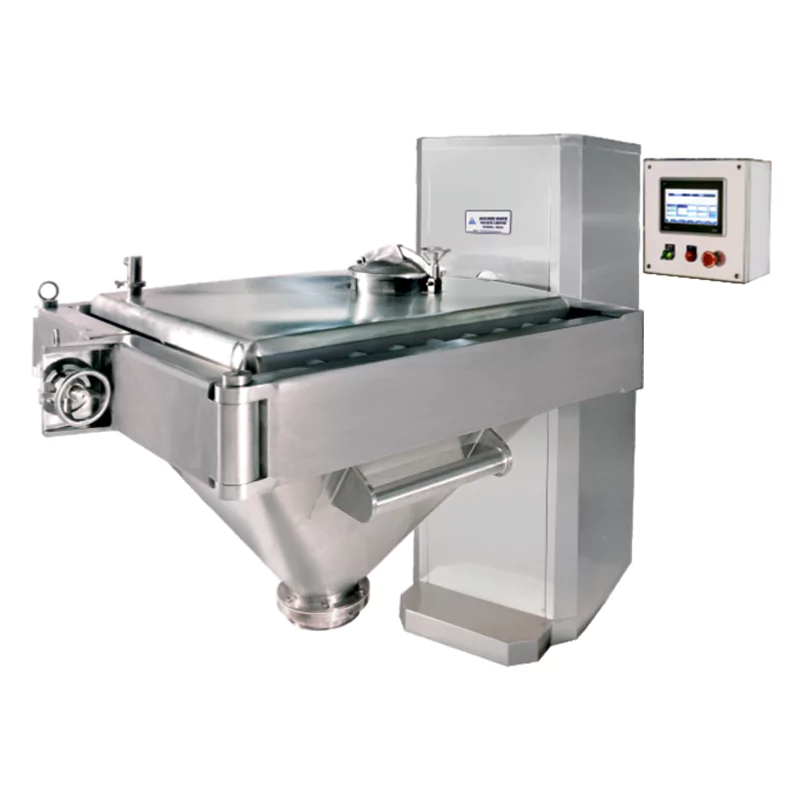

Want to Know the Key Differences Between Bin Blender and Conta Blender? Dive Into Our Blog for All the Answers!
Vertical blenders, or conical blenders, are made for gentle mixing. They use a vertical chamber and a spiral agitator to move ingredients slowly. This design is perfect for fragile or heat-sensitive materials.
Vertical blenders are ideal for powders in pharmaceutical mixing. They prevent dust, which reduces exposure to harmful particles. The slow mixing action ensures even distribution without damaging materials.
In vertical blenders, materials flow down as the spiral mixer lifts them. This creates an efficient mix. Vertical blenders are often used for delicate ingredients. They are valued for their precise mixing.
What is an octagonal blender? An octagonal blender is designed for slow, gentle mixing. It’s ideal for powders that need careful handling. The octagonal shape creates a rolling action for a smooth, even blend.
Octagonal blenders are common in pharmaceutical mixing, where precision is essential. They are used for materials that need light mixing to avoid damage. The design ensures powders are mixed without dust or clumping.
These blenders are also energy-efficient. Their slow operation uses less power, making them cost-effective for long-term use. They are a great choice for manufacturers who need both performance and energy savings.
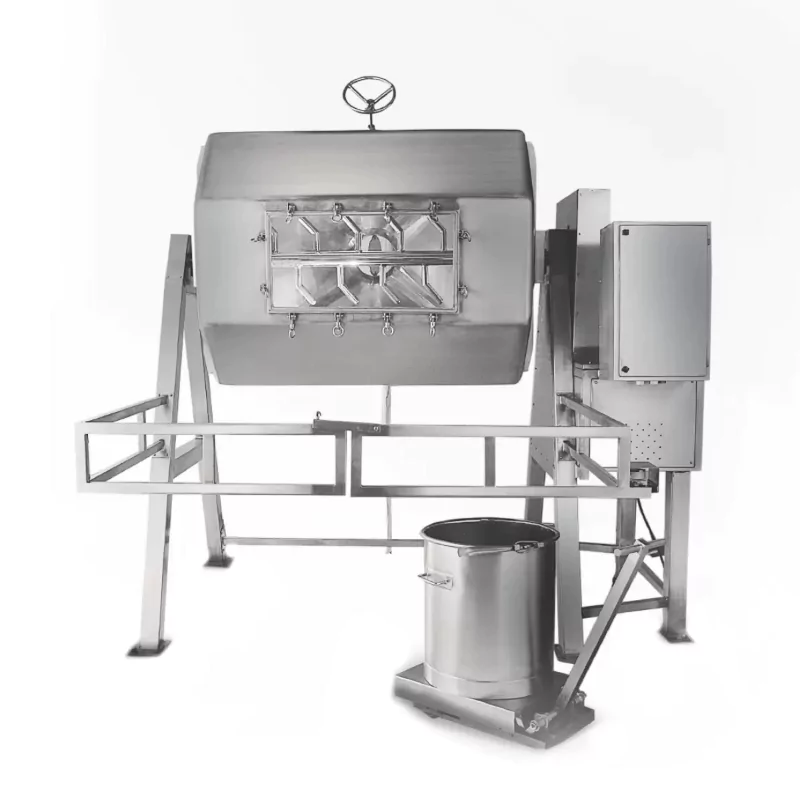
Drum blenders have a simple design with a rotating drum to mix contents. This design makes them easy to operate, clean, and maintain. Drum blenders are widely used across different industries.
These blenders are especially good for mixing dry powders and granules. Some models can handle wet blending too. Their tumbling action creates an even blend, ensuring each batch meets quality standards.
Drum blenders are reliable and need little upkeep. They are great for high-production environments. Their ease of use makes them ideal for applications needing minimal intervention.

Double-cone blenders have a unique, dual-cone shape that rotates to mix powders and granules. This gentle design is ideal for dry ingredients that need even blending. Double-cone blenders are popular in pharmaceuticals for their efficiency and ease of use.
These blenders help reduce dust, which is important in keeping work areas clean. They can mix powders of different densities, creating a balanced blend in each batch. This type is low-maintenance and reduces downtime, making it a hygienic and practical choice.
Double-cone blenders are especially useful for mixing delicate or sticky powders. They are a top choice for manufacturers focused on quality and cleanliness.
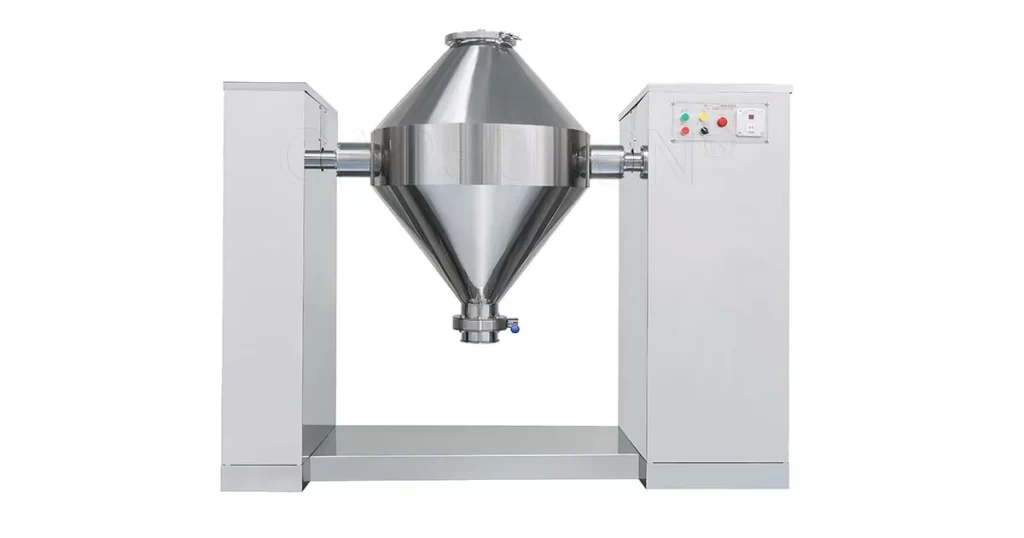
V blenders have a V-shaped chamber that lets ingredients tumble as the blender rotates. This gentle mixing is perfect for delicate powders that need careful handling. Pharmaceutical companies often use V blenders for sensitive ingredients.
The tumbling action ensures all ingredients are evenly mixed in the batch. This method prevents excessive wear on the materials. V blenders are great for high-precision mixing, where quality and consistency matter.
These blenders are easy to clean and maintain. Their simplicity helps minimize downtime in production. V blenders are widely used in pharmaceutical mixing for their gentle and reliable action.
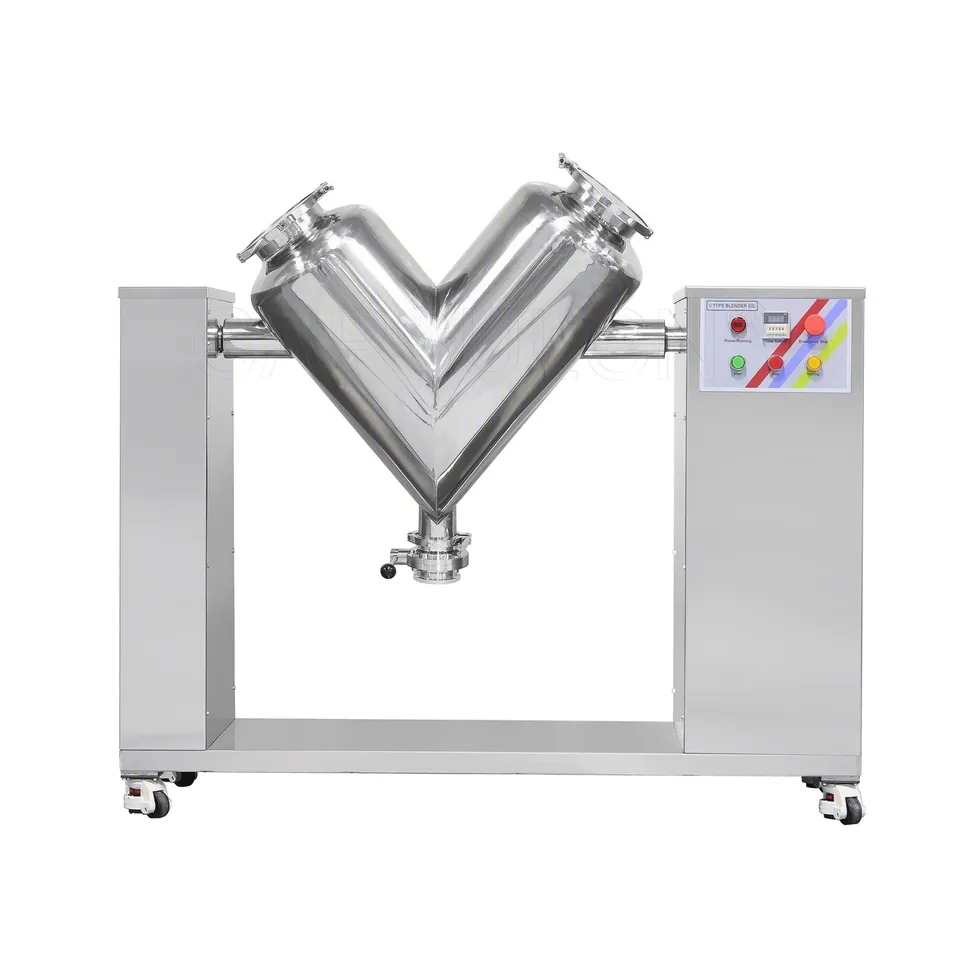

Want to Know the Key Differences Between Bin Blender and V Blender? Dive Into Our Blog for All the Answers!
Ribbon blenders use a helical ribbon agitator to mix ingredients quickly and effectively. This design allows them to handle large batches, making them ideal for bulk blending. Ribbon blenders are commonly used in pharmaceutical manufacturing for their speed and efficiency.
In pharmaceutical mixing, ribbon blenders work well for powders that need high consistency. Their fast mixing action ensures that ingredients are blended thoroughly in a short time. These blenders are often used for large-scale production where speed is a priority.
Ribbon blenders are user-friendly, making them easy to operate and maintain. Their simple design allows for quick cleaning, which is essential in high-demand production environments. This type of blender is perfect for manufacturers needing efficient and consistent mixing in large batches.
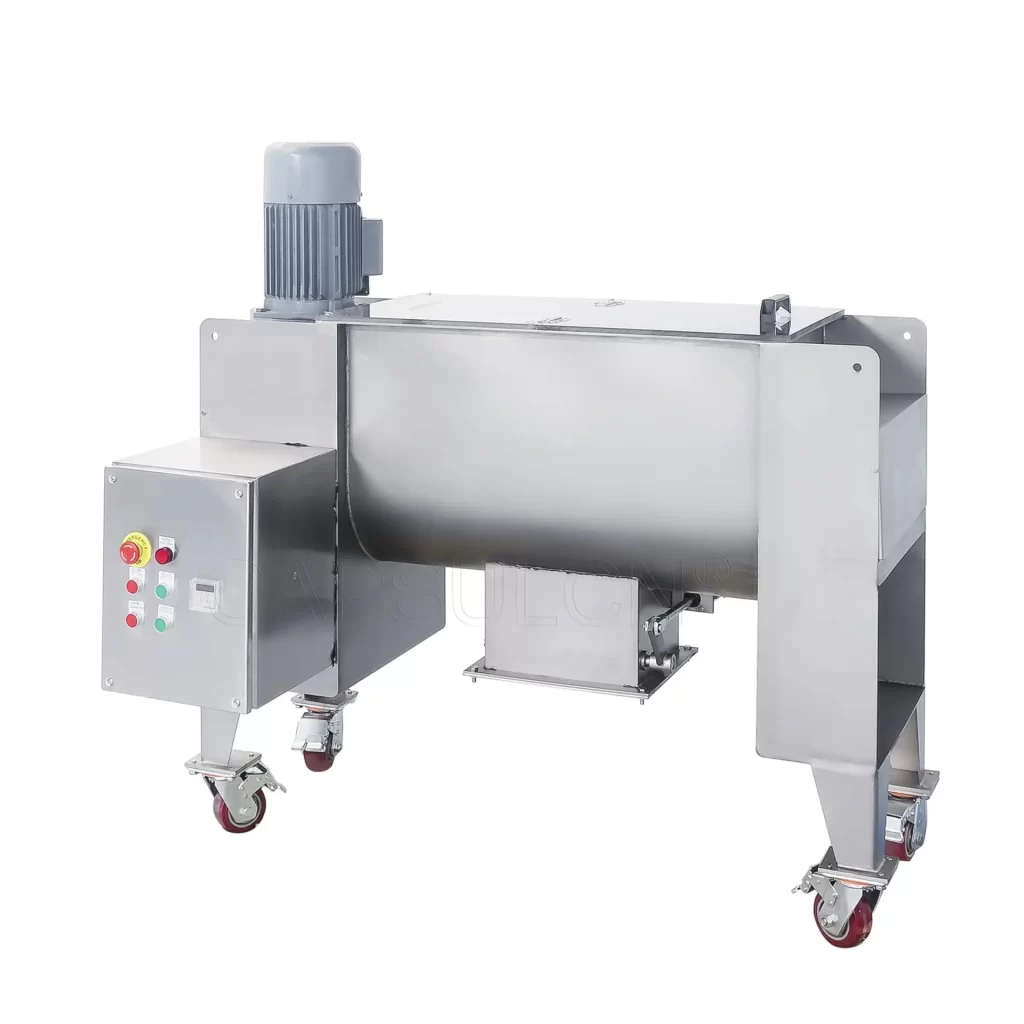
Choosing the right blender is crucial in pharmaceutical mixing. It affects the quality and consistency of the product. Each blender suits different materials, batch sizes, and mixing needs.
The right choice helps companies create high-quality products that meet industry standards. For more details on these blenders or to explore Canaan’s offerings, visit our website or get in touch with us today!
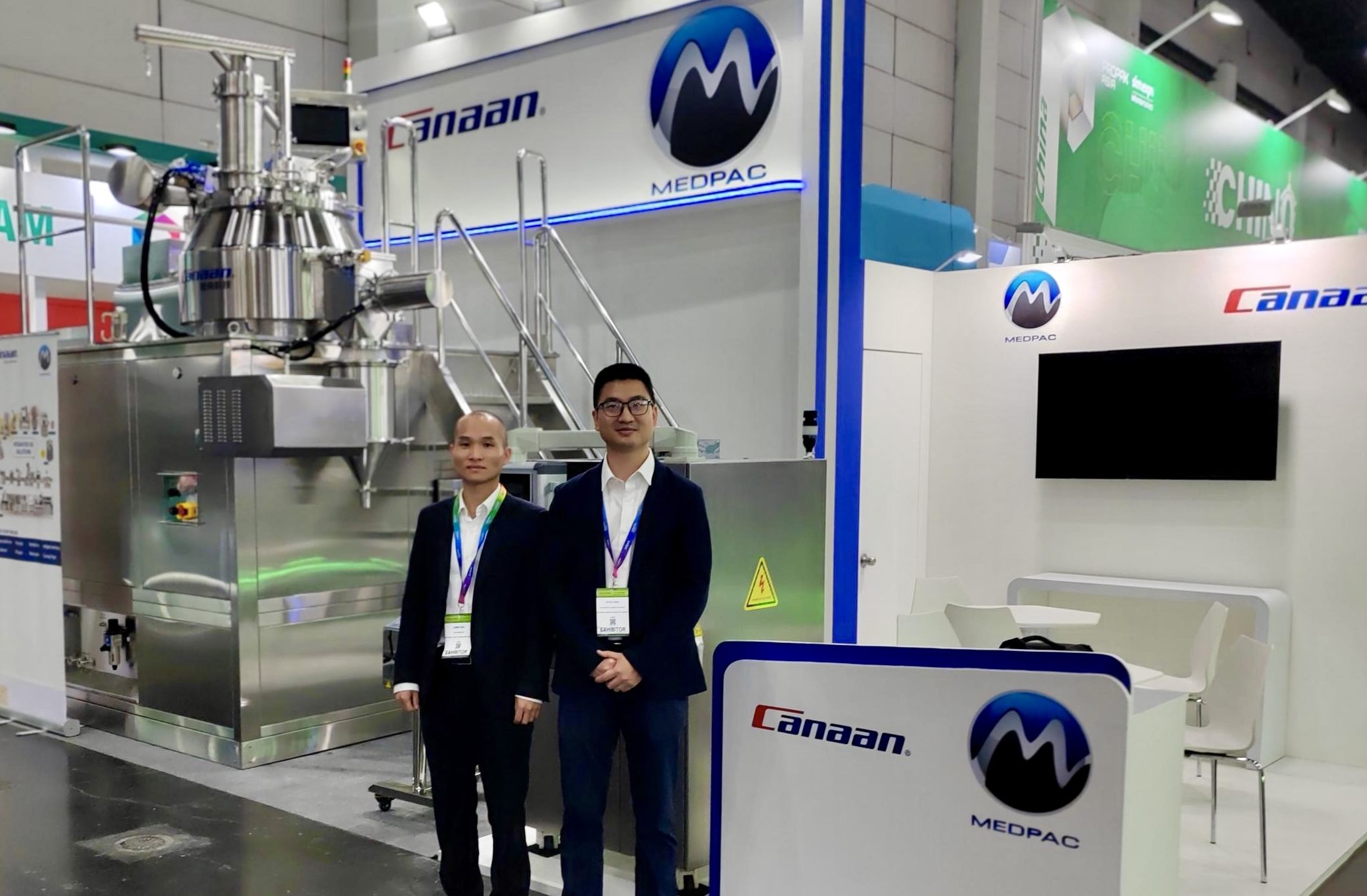
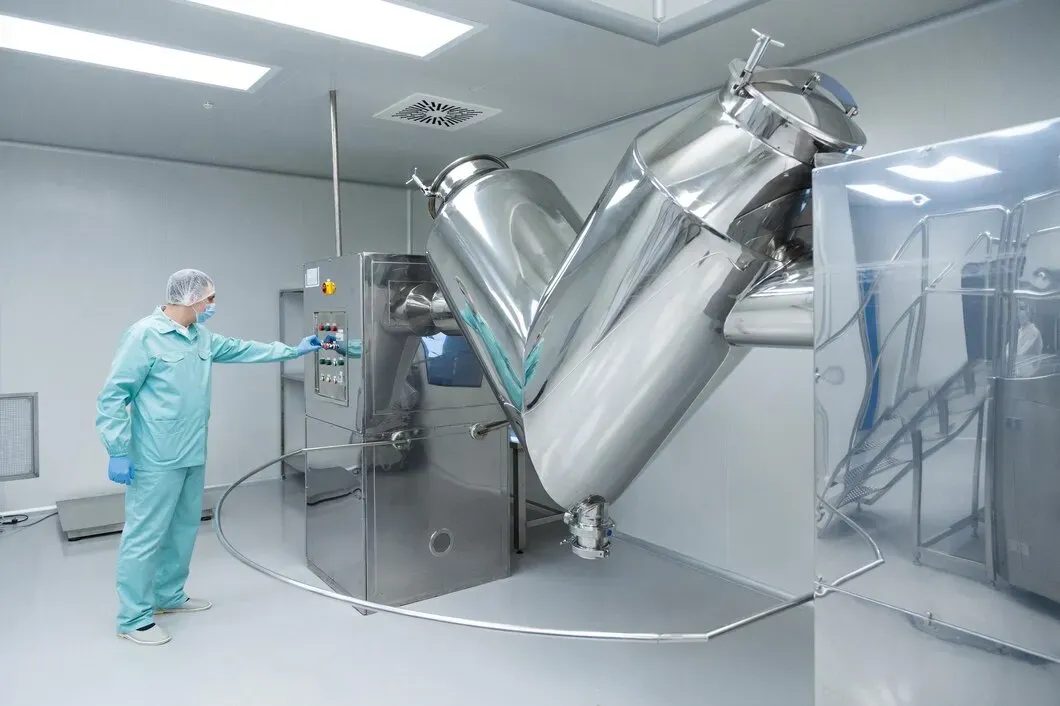
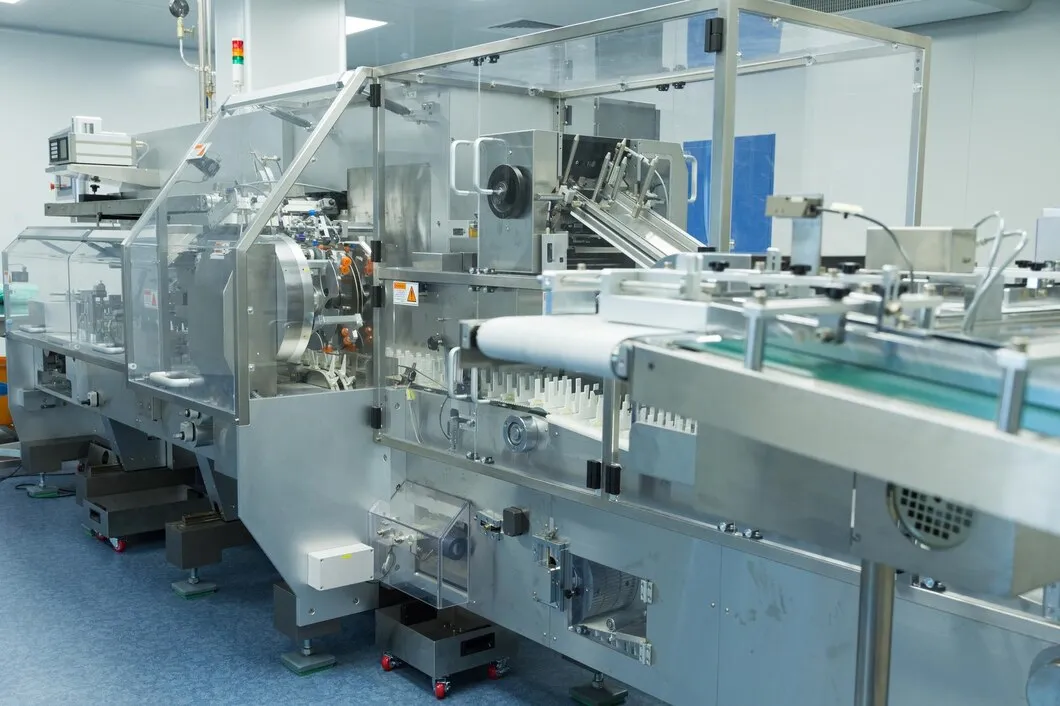

Before any drug reaches a patient, it starts in a lab. That’s where formulas are tested, batches are checked, and quality is either confirmed or questioned. To do that work right, labs depend on the right equipment—tools that don’t just get the job done, but do it with precision. If you’re responsible for running or […]

Blister packaging is everywhere in pharma—from tablets to capsules to sample packs. It protects the product, extends shelf life, and improves patient safety. But for manufacturers, it’s more than just packaging—it’s a system built around speed, precision, and compliance. If you’re in pharma manufacturing or packaging procurement, here’s what you need to know about blister […]

If you’re deciding how to deliver a pharmaceutical or supplement product, the format you choose—liquid gels or tablets—will shape more than just how it looks. It affects how the product is made, how fast it’s absorbed, what kind of equipment you’ll need, and how the end user experiences it. Some actives work better in a […]